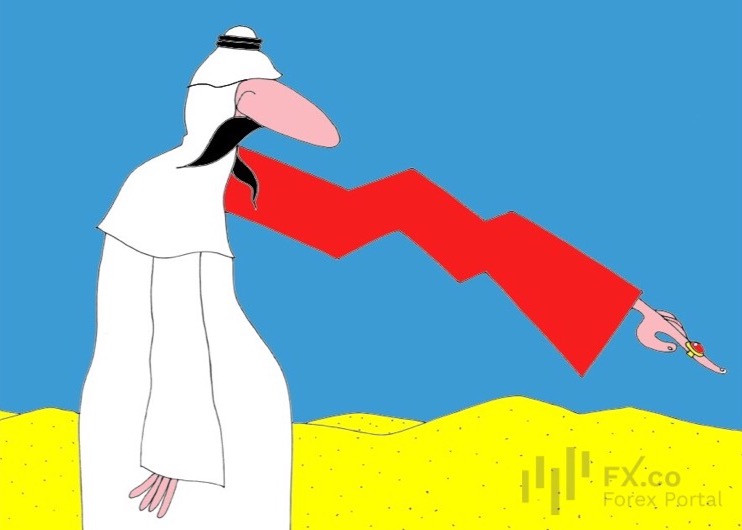
Saudi Arabia, a major player in the oil market, seems ready to lower oil prices for its Asian partners in December. Referring to well-informed sources, Reuters suggests that the price cut will affect most grades of Saudi oil. This is a clear signal that demand has softened, meaning that OPEC and its allies might delay their plans to boost oil output rates. It is a convincing argument, especially when it comes to maintaining the balance in a fragile market.
According to expert estimates, the flagship Arab Light grade may see a price drop of 30–50 cents per barrel. It is not exactly a grand discount, but even minor adjustments in invoices matter in the oil market. Insiders in the refining sector, who share the optimistic outlook, speculate that prices for heavier grades like Arab Medium and Arab Heavy will hardly change as drastically. The reason is stable margins for high-sulfur fuels, which also seem to be influencing the sentiment of oil barons.
Refining margins in Singapore, the Asian oil hub, returned to above $4 per barrel in October, up from September’s almost record-low level of $2.12, which had aroused concern among market participants. But, the market has its own rules.
Rumor has it that OPEC+ is poised to postpone December’s planned production increase at least by a month or two. Four sources close to the cartel confirmed that worries about demand and supply growth are prompting major players to revise their portfolios. The final decision could be announced as soon as next week. Meanwhile, Saudi Arabia’s official oil price list which is commonly released at about the fifth of each month, sets trends not only for Saudi Arabia but also for its counterparts in Iran, Kuwait, and Iraq. The stakes are high, with around 9 million barrels of oil shipped to Asia each day.
As for Saudi Aramco, the oil giant meticulously crunches numbers based on revenue and current oil prices before setting its “price of the month.” As usual, no comment on this followed from the company.
 English
English 
 Русский
Русский Bahasa Indonesia
Bahasa Indonesia Bahasa Malay
Bahasa Malay ไทย
ไทย Español
Español Deutsch
Deutsch Български
Български Français
Français Tiếng Việt
Tiếng Việt 中文
中文 বাংলা
বাংলা हिन्दी
हिन्दी Čeština
Čeština Українська
Українська Română
Română

Comments: